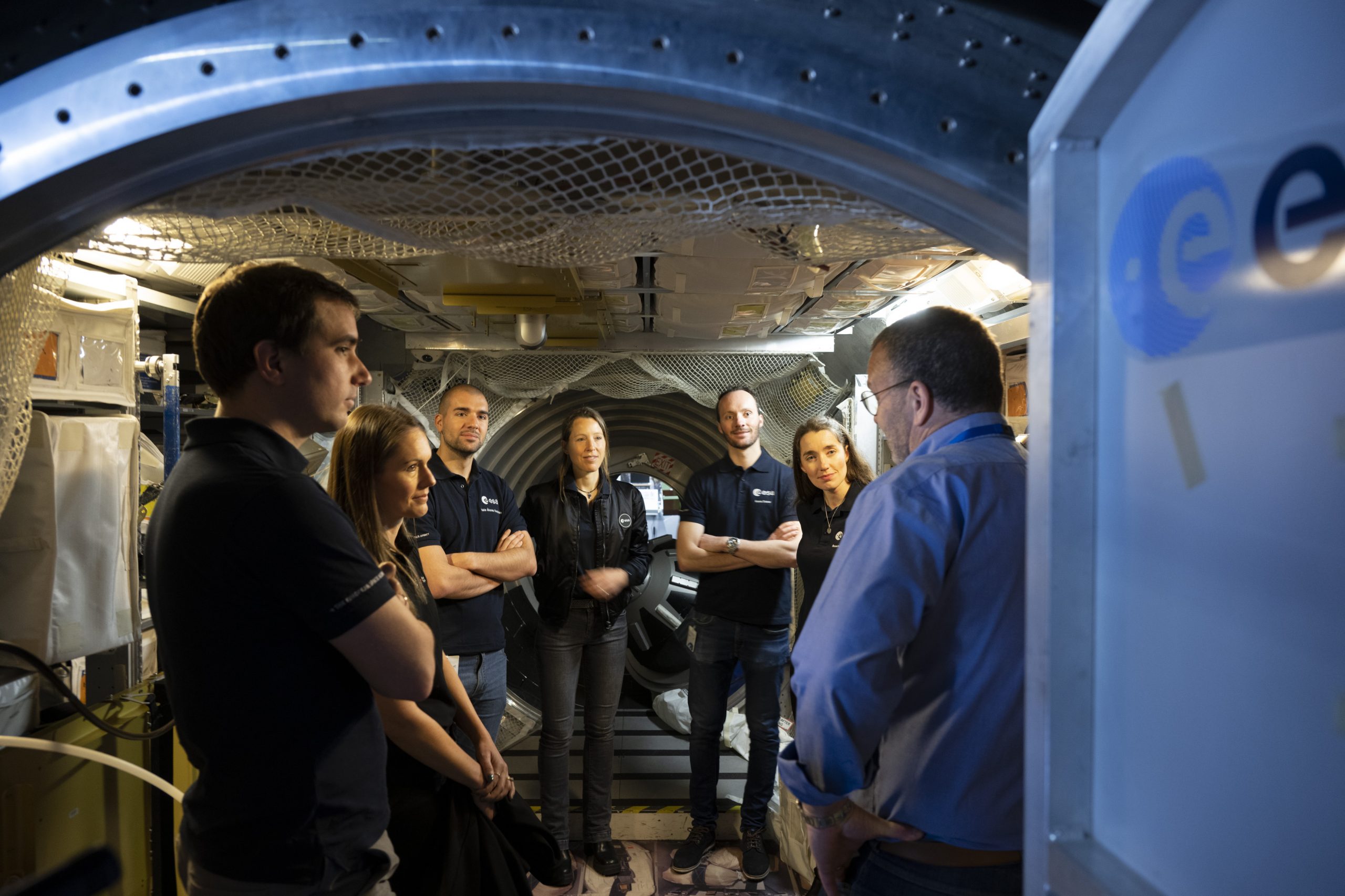
(English) Sink or spacewalk
(English) After three months of intensive training, ESA astronaut candidates Sophie Adenot, Rosemary Coogan, Pablo Álvarez Fernández, Raphaël Liégeois, and Marco Sieber have immersed themselves into the world of spaceflight and exploration, gaining valuable insights into their future roles.


